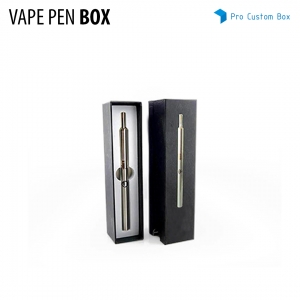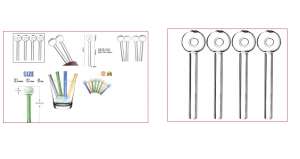Choosing the right roof insulation for your home is crucial in maintaining a comfortable indoor environment and reducing energy costs. The type of insulation you need largely depends on the climate in which you live.
In this blog, let's explore the different types of roof insulation Adelaide and how to determine the best option based on your climate.
Understanding Roof Insulation
Roof insulation is essential for regulating the temperature inside your home. It works by slowing the transfer of heat between your home and the outside environment. In colder climates, insulation prevents heat from escaping, while in warmer climates, it keeps the heat out. The effectiveness of insulation is measured by its R-value, which indicates its resistance to heat flow. The higher the R-value, the better the insulation.
Types of Roof Insulation
There are several types of roof insulation, each with its own advantages and disadvantages. The most common types include:
Batt Insulation
Batt insulation is one of the most popular types and is made from fibreglass, mineral wool, or cotton. It comes in pre-cut panels that fit between the studs and rafters of your roof. Batt insulation is easy to install and relatively inexpensive. However, it can leave gaps if not installed properly, reducing its effectiveness.
Blown-In Insulation
Blown-in insulation, also known as loose-fill insulation, is made from fibreglass, cellulose, or mineral wool. It is installed using a machine that blows the insulation material into the attic or between roof rafters.
Blown-in insulation is excellent for covering irregular or hard-to-reach areas, providing a more even coverage than batt insulation. It also has a higher R-value per inch, making it more effective in certain climates.
Spray Foam Insulation
Spray foam insulation is a liquid material that expands into a solid foam when applied. It can be used to insulate roofs, walls, and floors. Spray foam insulation provides an airtight seal, which makes it highly effective in preventing heat transfer.
It has a high R-value and can fill gaps and cracks that other types of insulation might miss. However, spray foam insulation is more expensive than other options and requires professional installation.
Rigid Foam Insulation
Rigid foam insulation comes in panels made from polystyrene, polyisocyanurate, or polyurethane. These panels can be cut to fit and are typically installed on the exterior of the roof before adding the roofing material. Rigid foam insulation provides a high R-value and is resistant to moisture, making it an excellent choice for roofs in humid climates. It is more expensive than batt or blown-in insulation but offers superior insulation performance.
Reflective Insulation
Reflective insulation, also known as radiant barrier insulation, is made from aluminium foil or other reflective materials. It works by reflecting radiant heat away from your home, making it ideal for hot climates.
Reflective roof insulation Adelaide is typically installed in the attic, where it can block the sun's rays from heating your home. While it doesn't have a high R-value, it's highly effective in reducing cooling costs in hot climates.
Choosing the Right Insulation for Your Climate
The best type of roof insulation for your home depends on the climate in which you live. Here's a breakdown of which types of insulation are best suited for different climates:
Cold Climates
In cold climates, where temperatures drop significantly during the winter, you'll want insulation with a high R-value to retain heat. Spray foam insulation is an excellent choice due to its ability to seal air leaks and provide a high level of insulation. Batt insulation with a high R-value is also a good option if you're on a budget.
Hot Climates
For hot climates, reflective insulation is ideal as it reflects radiant heat away from your home, reducing the need for air conditioning. Blown-in insulation is also effective in hot climates, especially when used in attics to prevent heat from entering the living spaces below.
Humid Climates
In humid climates, where moisture is a concern, rigid foam insulation is an excellent choice due to its moisture resistance. Spray foam insulation is also a good option as it creates an airtight seal that can prevent moisture buildup, reducing the risk of mould and mildew.
Mixed Climates
For climates that experience both hot summers and cold winters, a combination of insulation types might be the best solution. Spray foam insulation can provide an airtight seal and high R-value, while blown-in or batt insulation can be used to supplement the overall insulation of your roof.
Final Words
Choosing the right roof insulation is essential for maintaining a comfortable home and reducing energy costs. By considering your climate and the specific benefits of each type of roof insulation Adelaide, you can make an informed decision that will keep your home energy-efficient and comfortable year-round.
Whether you live in a cold, hot, humid, or mixed climate, there's an insulation solution that's perfect for your roof.





